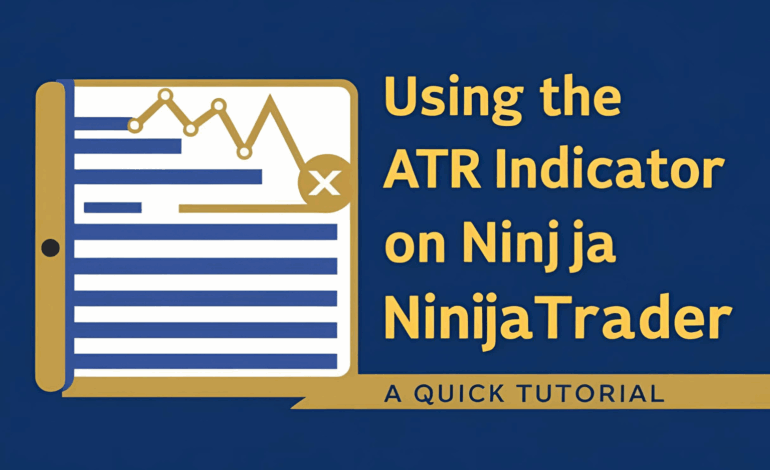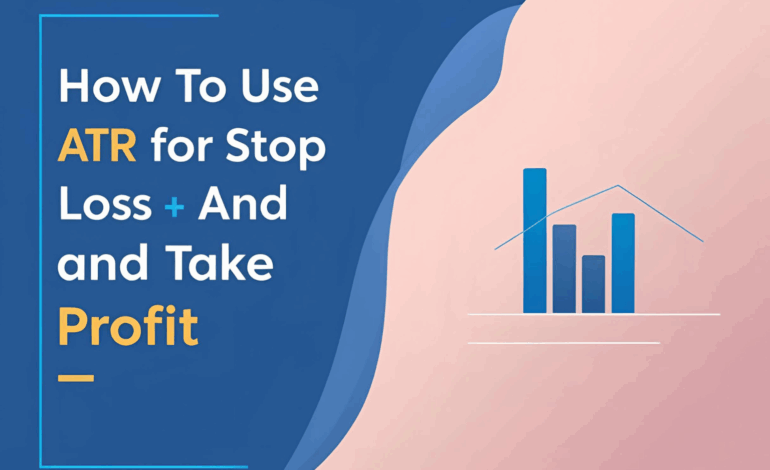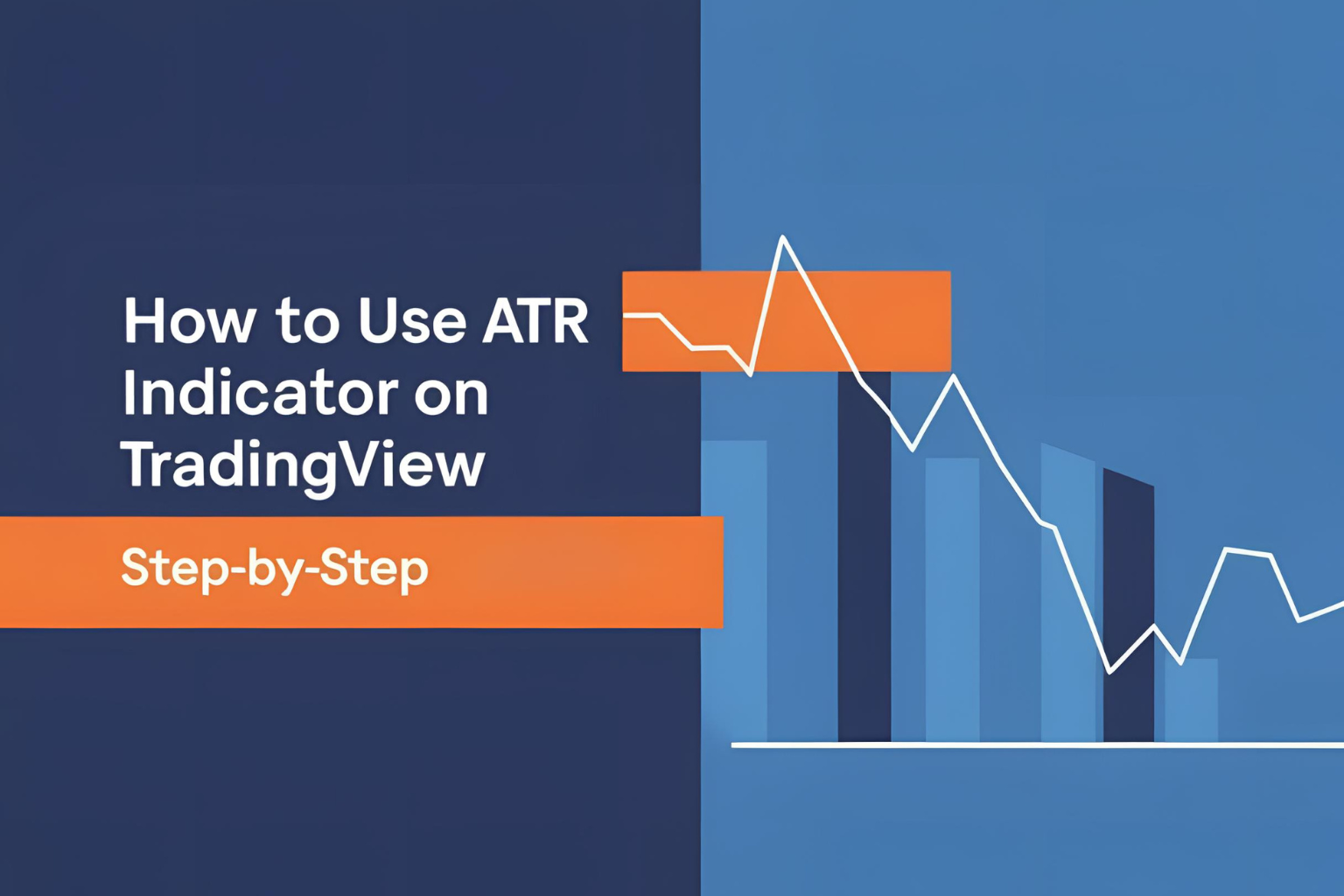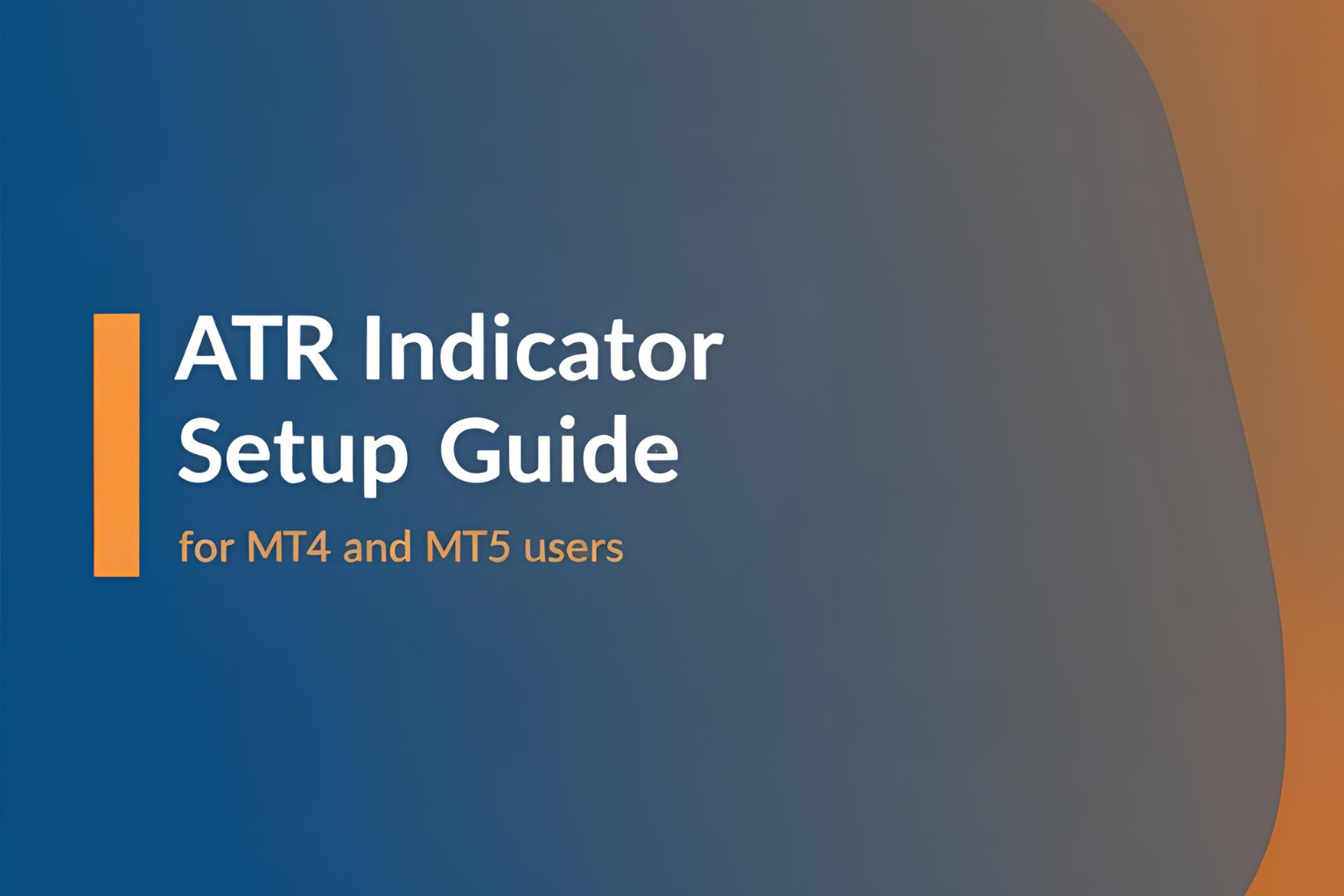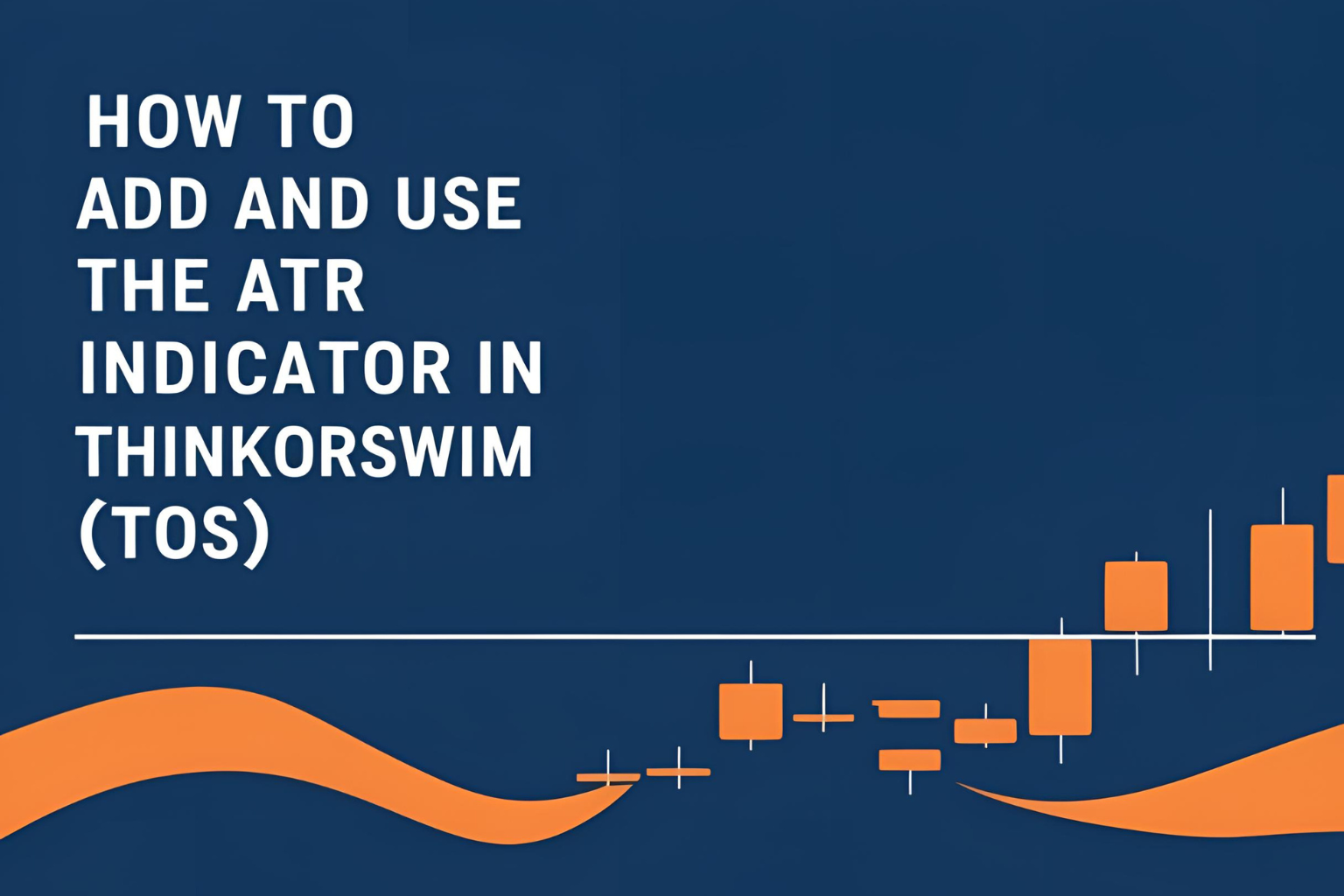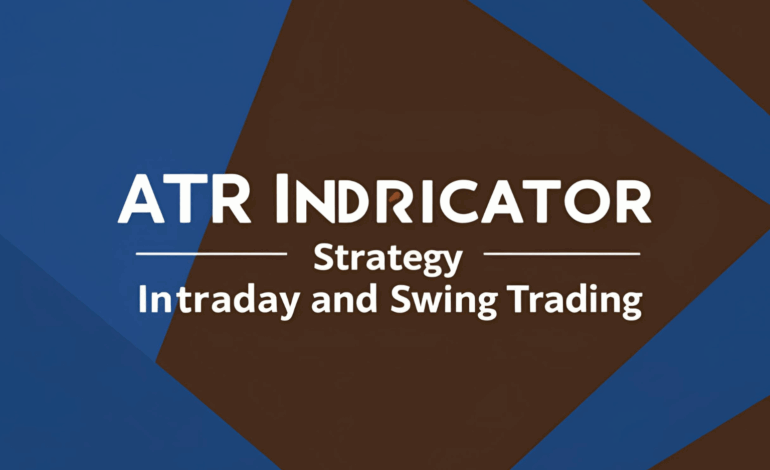
ATR Indicator Strategy for Intraday and Swing Trading
The ATR indicator strategy is a volatility-based method that helps traders optimize their entries, stop-losses, and targets based on how much price typically moves. Since the ATR (Average True Range) reflects market volatility, it’s ideal for both intraday traders looking for quick setups and swing traders planning multi-day positions.
In this guide, you’ll learn how to apply ATR-based strategies in real market conditions.
Why Use ATR in a Trading Strategy?
Unlike directional indicators, ATR focuses solely on volatility, helping you:
- Avoid choppy markets
- Size trades appropriately
- Set dynamic stops and targets
- Adapt to market conditions
This makes it a valuable tool for traders who want to manage risk and improve timing.
Core ATR Strategy Components
1. Entry Trigger
ATR is not used alone for entries. Combine it with:
- Price action (breakouts, engulfing candles)
- Momentum indicators (RSI, MACD)
- Trend tools (moving averages, Supertrend)
2. Stop-Loss Using ATR
Use a multiple of the ATR value:
- Conservative: 1.5 × ATR
- Aggressive: 1 × ATR
Example:
If ATR = ₹5, stop-loss = ₹7.5 away from entry (1.5 × 5)
3. Take-Profit Target Using ATR
Use 2x or 3x ATR for target placement:
- Moderate target: 2 × ATR
- High-risk reward: 3 × ATR
ATR Strategy for Intraday Trading
- Timeframes: 5-min, 15-min, 30-min
- ATR Setting: 10 or 14
- Asset: Stocks, forex, or index derivatives
- Approach:
- Wait for breakout + ATR above average
- Enter trade with 1.5× ATR stop and 2× ATR target
Tip: Filter trades when ATR is flat or declining to avoid sideways moves.
ATR Strategy for Swing Trading
- Timeframes: 1-hour, 4-hour, daily
- ATR Setting: 14 to 21
- Approach:
- Identify trend using moving averages or trendlines
- Confirm volatility expansion (rising ATR)
- Enter on pullback or breakout
- Use 1.5× ATR for stop-loss, 2–3× ATR for target
Example: Intraday Trade Setup
- Stock: XYZ
- 15-min chart
- ATR(10) = ₹4.00
- Entry: ₹150.00
- Stop-Loss: ₹144.00 (150 − 1.5 × 4)
- Target: ₹158.00 (150 + 2 × 4)
This allows for a balanced risk-to-reward strategy backed by real volatility data.
Conclusion
An ATR indicator strategy adapts to market volatility, which helps improve trade timing and risk control. Whether you’re trading intraday breakouts or swing trends, using ATR ensures your strategy responds to real-time price movement—not guesswork. Pair ATR with trend and momentum tools for best results.
✅ FAQs
1. Is ATR a good strategy for day trading?
Yes, it helps identify volatility and set risk-based stops and targets.
2. What is the best ATR multiple for stop-loss?
Many traders use 1.5× ATR to avoid premature exits.
3. Can I use ATR alone to enter trades?
No, ATR doesn’t provide directional signals; combine it with trend or momentum indicators.
4. What’s a good timeframe for ATR strategy?
5-min to 30-min for intraday, 1-hour to daily for swing trading.
5. Does the ATR strategy work in forex and crypto?
Yes, it’s widely used in forex, crypto, stocks, and even futures markets.

